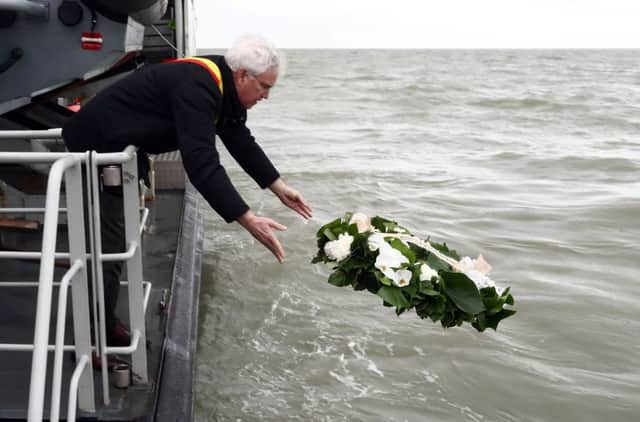Leader comment: Shock of Zeebrugge disaster still resonates


And the reasons for such a terrible disaster, which claimed the lives of 193 people on the ill-fated voyage from Zeebrugge to Dover, were equally shocking. The roll-on roll-off ferry had left port with its massive bow doors still open. Water flooded in and quickly flooded the ship causing it to topple over. It transpired the crew member responsible for closing the doors was asleep at the time.
And although there was terror and tragedy there were also stories of heroism from that night, as brave people saved lives by helping passengers out of the stricken vessel, sometimes at the ultimate personal cost. Its operator Townsend Thoresen was severely criticised for its “staggering complacency”. A manslaughter trial began in September 1990 but only weeks later it collapsed and all eight defendants were acquitted.
Advertisement
Hide AdAdvertisement
Hide AdYesterday, exactly 30 years on from the disaster, it was marked with a service in Dover.
There have been many improvements to maritime safety following the tragedy. Installing cameras that allowed closer monitoring by senior officers of vital parts of ships, windows that were more easily broken from the inside by anyone trapped and lighting to guide survivors through the darkness of a ship with no power.
But it is no wonder that the relatives of the victims remain deeply unhappy, not just about the events of that fateful day, but also at the holding to account of those responsible.